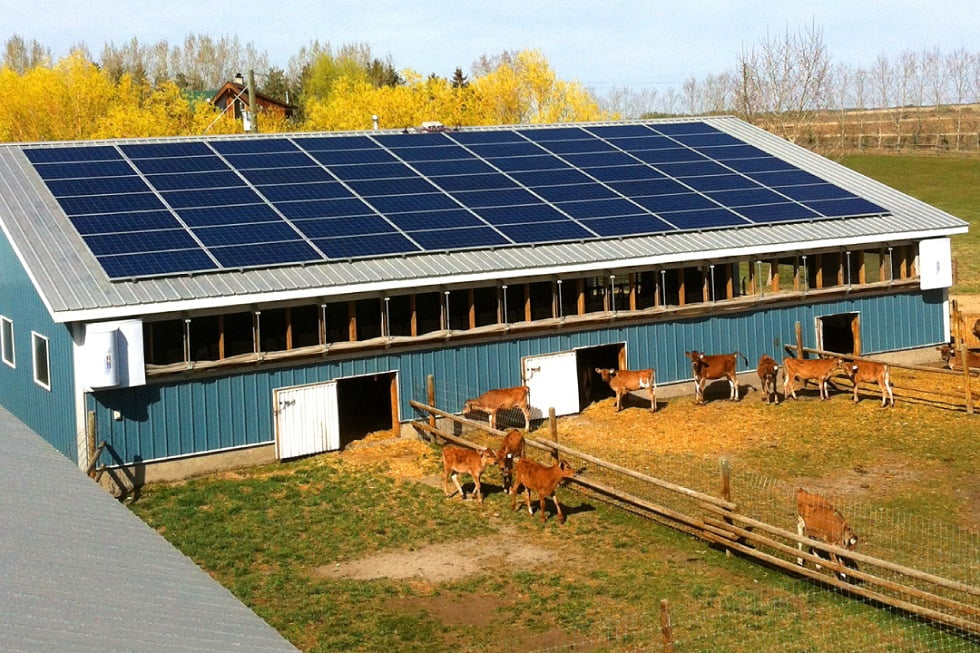As one of the new energy sources, solar energy not only brings convenience and clean energy to cities or factories, but also brings good benefits to farms. Photovoltaic energy systems can easily be converted into agricultural solar systems, that is, systems that grow crops in the shade of solar panels. The practice, dating back to the early 1980s, reduces the evaporation rate of summer irrigation water, as well as the stress levels of plants.
The benefits of solar power for farmers
1.Investing in solar energy systems will give you the opportunity to reduce your operating costs since your solar energy system will produce a percentage of your electricity consumption and thus reduce your future electricity bills. The more powerful your solar energy system, the greater the amount of energy produced and the greater your energy savings. The return on investment will be further shortened due to greater savings.
2. Explained by the greater duration of sunshine, solar panels work best in spring, summer and autumn, when many energy-intensive agricultural activities take place. This means that you generate the most energy when you need it most, which couldn’t be better. In addition, in most cases, summer overproduction is even able to offset your winter costs.
3. In many farms, solar energy is much cheaper than fossil fuels. This is since the state offers compelling financial incentives and that solar energy has a stable cost, regardless of temperature or supply and demand. The following section explains in detail the incentives currently available.
4. With all the environmental, economic and social consequences it brings, global warming has been a hot topic for years. Knowing that solar panels emit no greenhouse gases when they produce electricity and that their carbon footprint is offset after 3 years of operation (faced with a lifespan of 30 to 40 years), today’s solar panels are a step in the right direction.
5. For vegetable farms, a photovoltaic energy system can easily be transformed into an agrivoltaic solar energy system, a system where crops are planted in the shade of solar panel. This practice dates from the early 1980s and reduces the evaporation rates of irrigation water in summer, as well as the stress level of plants. Knowing that such a system reduces up to 75% of direct sunlight, the environment under the panels is much cooler in summer and requires less water. In addition, knowing that the solar panels work less and less the more the temperature increases, the fact that the plants under the panels cool the underside of the panels increases the productivity of their solar cells. The figure below shows the appearance of an agrivoltaic solar energy system.
